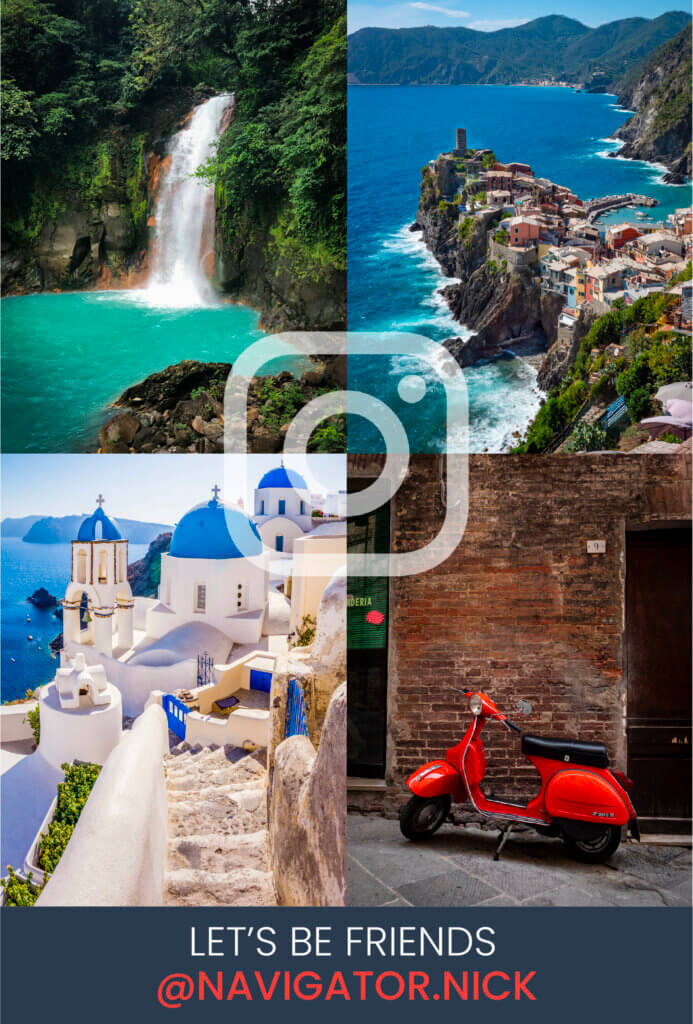Disclaimer: This post contains affiliate links. If you book or buy something through these links, I earn a small commission to keep this website going (at no extra cost to you) so its a win-win!
The day will be packed full of adventure and most importantly, wear good footwear!
Attractions in Sintra are all grouped at the top of a hilly mountain.
Sintra is only a 40-minute drive from Lisbon, but driving is not recommended, as parking lots are scarce.
If you are interested in a guided day trip from Lisbon, check out this tour.
TABLE OF CONTENTS
- Lisboa Oriente to Sintra – 45 minutes – €2,25 (Closer to Lisbon Airport)
- Lisboa Entrecampos – 40 minutes – €2,25
- Lisboa Rossio – 40 minutes – €2,25 (Trains every 30 minutes + Longer queues)
- Lisboa Santa Apolónia – 1 hour – varies between €2,25 – €4,10
- Lisboa Sete Rios – 35 minutes – €2,25
- Benfica – 30 minutes – €2,25
You can check out the latest train times on the Official Website of Comboios de Portugal, Portugal’s passenger train operator.
If you’re looking for a tour, we chose to do the first tour below, but feel free to join a small group or even a private tour from Lisbon too!
Sintra Bus Info:
Once you arrive at the Sintra train station, walk out of the station and make a quick right U-turn and proceed down the sidewalk. Walk roughly two blocks and look out for Bus #434 (also known as the Feather Circuit or Pena Circuit). The bus costs €10 per person and is good for the entire day. Aka, it acts as a hop on-hop off bus. You can also pay €6,50 for a way one ticket that will take you straight to the top of Pena Palace and you can walk back to town.
We happened to do the latter option and walked back to town. It wasn’t terrible but the weather conditions were perfect and we were feeling good. Just an FYI, there’s usually a queue for the bus, even in the morning. As you can imagine, it’s a very popular route.
If you happen to catch the bus, you may have to wait for other passengers once you board. If you can, get a seat on the right side for fantastic views going up to Pena Palace.

If you are taking the bus from Sintra station, get off at Pena Palace first, this is the last and highest stop, and then walk your way down to other sights. It saves you a lot of energy.
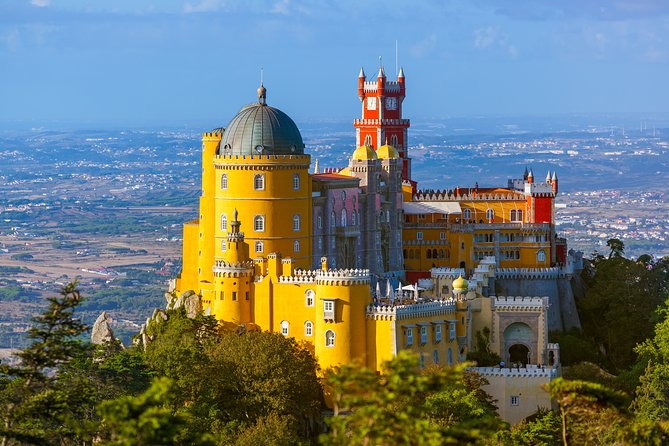
Palacio Nacional da Pena (Pena Palace)
The National Palace of Pena is the pinnacle of Romanticism in Portugal. The palace exemplifies the legacy of Ferdinand II. D. Fernando II was one of the most cultured men in Portugal during the 19th century. Polyglot, he spoke German, Hungarian, French, English, Spanish, Italian and, of course, Portuguese. As a child, the then Duke of Saxe-Coburg and Gotha had a careful education where the arts, in particular music and drawing, played a fundamental role. Throughout his life he had a strong connection to the arts, as an author, collector and patron, having become known as King-Artist.
On the day of our adventure began under a heavy morning fog, while the brightly painted palace walls stood out among the lush green landscape. Crowned as the jewel of the Sintra region, the palace is full of charm and is brimming with character.
You could say it’s an adult version of Disney World.
And, just like Disney World, it’s very crowded during the summer season. Expect to fight the crowds almost all day besides for the first 10-15 minutes or so. We made sure to get there right when the doors opened and because we had skip the line tickets, we had the palace to ourselves for the first few minutes. It was glorious and I suggest you do the same so you can feel like a prince or princess in a castle.
It’s up to you if you want to venture inside and take a look around. This would add an extra hour (roughly) of your precious time. If you’re into the history of the palace and curious about the 19th century furniture and decor, then absolutely go inside and check it out. If you’re really not that interested in those things, go ahead and skip this part of the palace and make your way to the exit and down to the Castle of the Moors.

Bring a snack and plenty of water for the day. There are not a lot of options outside of the Historic Center.
Castle of the Moors
Nestled atop the lush Sintra Mountains in Portugal, the Castle of the Moors stands as a silent sentinel of time. This ancient fortress, with its weathered stone walls, tells a story that dates back to the 8th century.
As you ascend its winding pathways, you’ll feel like you’ve stepped into a fairytale world, where the panoramic views of Sintra’s forests and the Atlantic Ocean seem too breathtaking to be real.
Castle of the Moors was my favorite stop of the day. The historic nature, breataking views and low crowds meant it was very peaceful and I didn’t feel rushed. It’s a must-visit for any traveler yearning for a taste of history in the midst of Portugal’s stunning natural beauty.
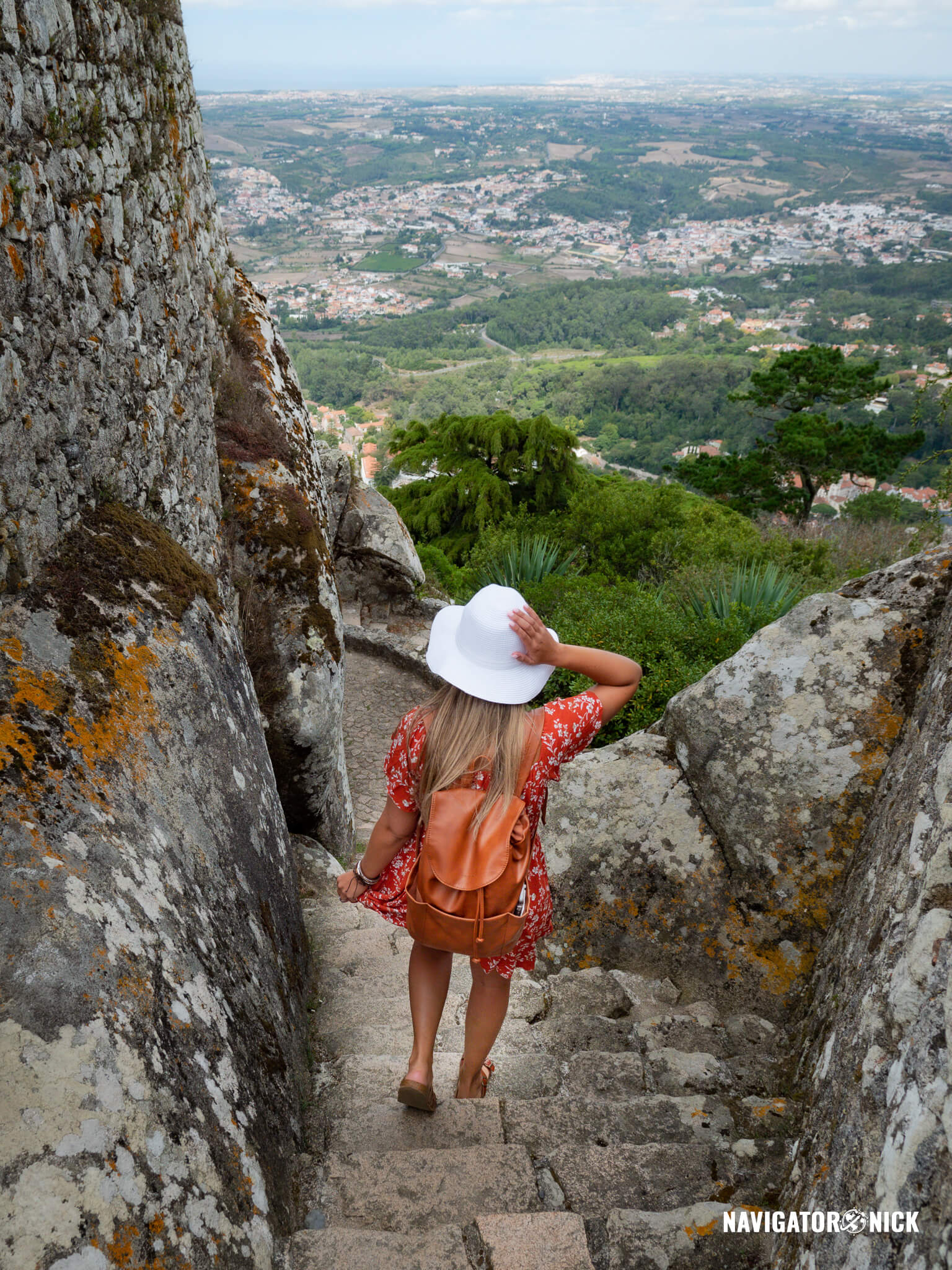
Don’t forget your jacket or sweater, it can get cold here!
As you wander through the rugged, moss-covered stones and fortifications that have stood for over a millennium, you’ll find hidden nooks and crannies.
Climb the stone towers for an even more breathtaking view, and while you are at, snap some photos!
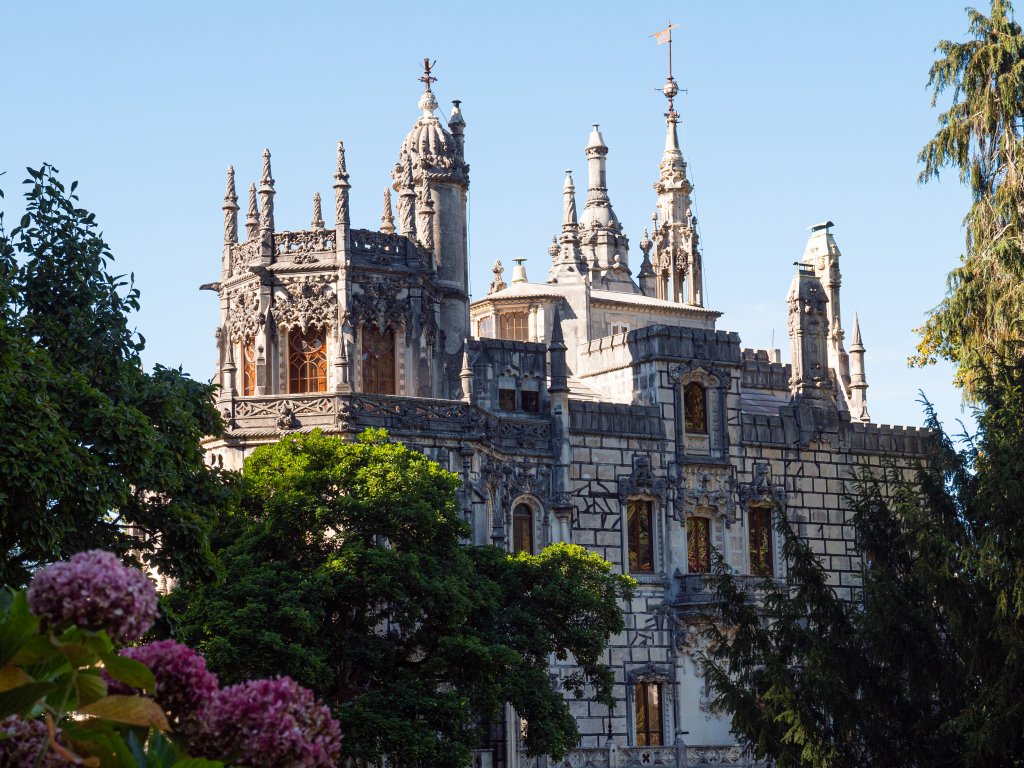 Quinta da Regaleira in Sintra Portugal
Quinta da Regaleira in Sintra Portugal
Quinta da Regaleira
Near the manicured gardens and hilltop villas of Sintra, Portugal, lies the fairytale estate of Quinta da Regaleira. Just a 15 minute walk from Castle of the Moors, protected within a Unesco World Heritage landscape, Quinta da Regaleira is a postcard-perfect mix of Gothic, Egyptian, Moorish and Renaissance architecture. But it’s what lies beneath the palace’s gardens that truly sets the estate’s design apart. The main attraction at Quinta da Regaleira in recent years has become the Initiation Well. Before Instagram, most had no idea about the well, until it became an overnight sensation. The well usually has a long line of tourists waiting to walk to the bottom. When we were there, the line was well over an hour and we decided it wasn’t worth it and used the time to explore the rest of the estate. We did end up catching the last bit of a dramatic play and then continued on walking throughout the garden paths. Buy skip the line ticket for Quinta da Regaleira here.
Quinta da Regaleira has had many owners over the decades, but it was António Augusto Carvalho Monteiro, one of the wealthiest men in Portugal at the turn of the 20th Century, who made the estate what it is today. Designed and built in the late 1800s, it reflects the sensibility and cultural, philosophical and scientific interests of António, together with the virtuosity of the Italian architect and scenographer Luigi Manini. The culture and creativity of these two personalities resulted in an eclectic-revivalist architectural ensemble, with a particular focus on the Manueline, Renaissance, Medieval and Classical styles.
The gorgeous mansion is the last stop before you make your exit and it doesn’t disappoint. We are not a big fan of really, really old furniture and decor, so we decided to skip the inside tour and just admire from the outside.

The Historic Center
Once done with Quinta da Regaleira, board Bus #434 again and get to the Historical Center. We had a fantastic lunch with a great view at the family owned cafe called Casa das Minas. It’s a traditional Portuguese experience in itself away from the busy tourist-crowded streets of Sintra.
The heart of the historic centre is Palácio Nacional de Sintra (as seen above), a former Moorish palace that is visible from many places in the city.
From there you walk via Praça Republica towards Rua das Padeiras where you will find many (tourist) shops with Portuguese products. With its many cobbled streets, outdoor cafes, restaurants, and cute shops the center itself is very charming. Especially as its surrounded by green hills and palaces.
Going to Sintra soon? Have any questions or concerns about your trip? Leave a comment down below.




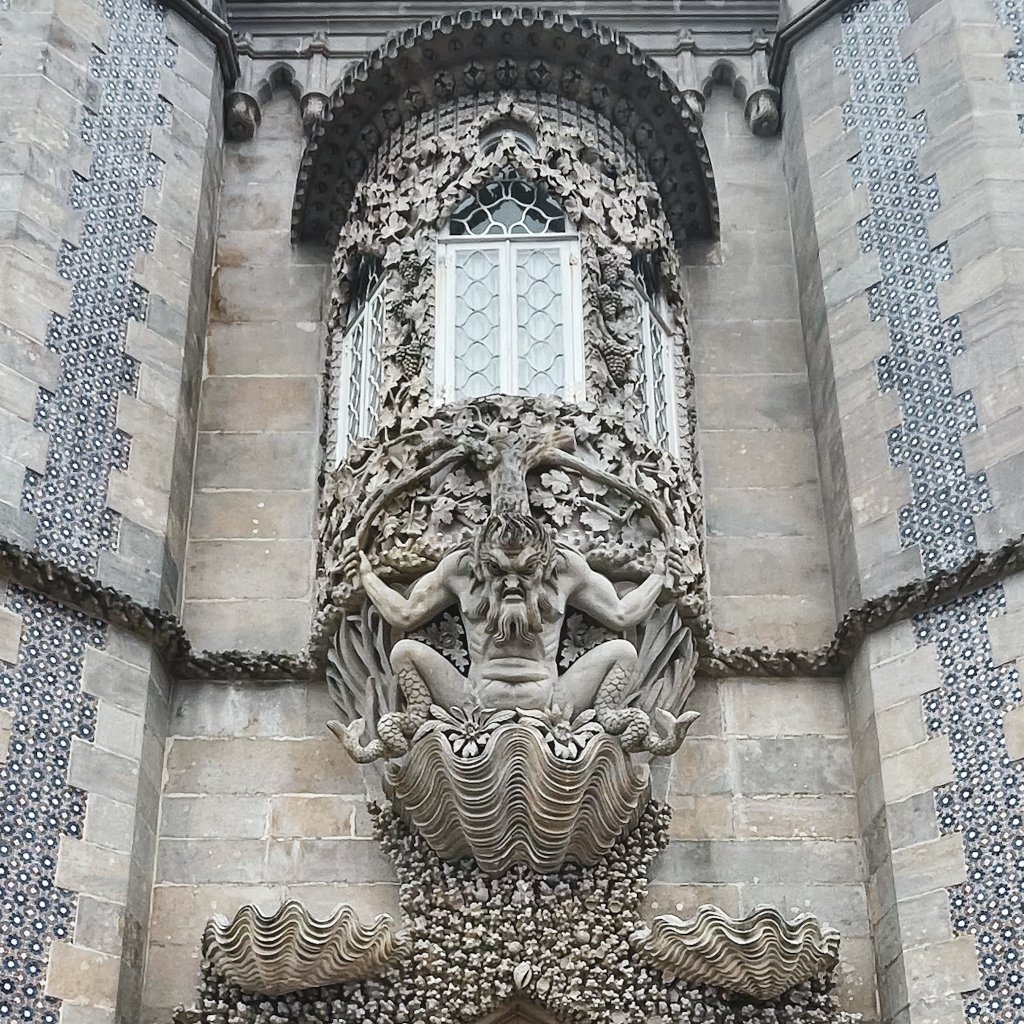
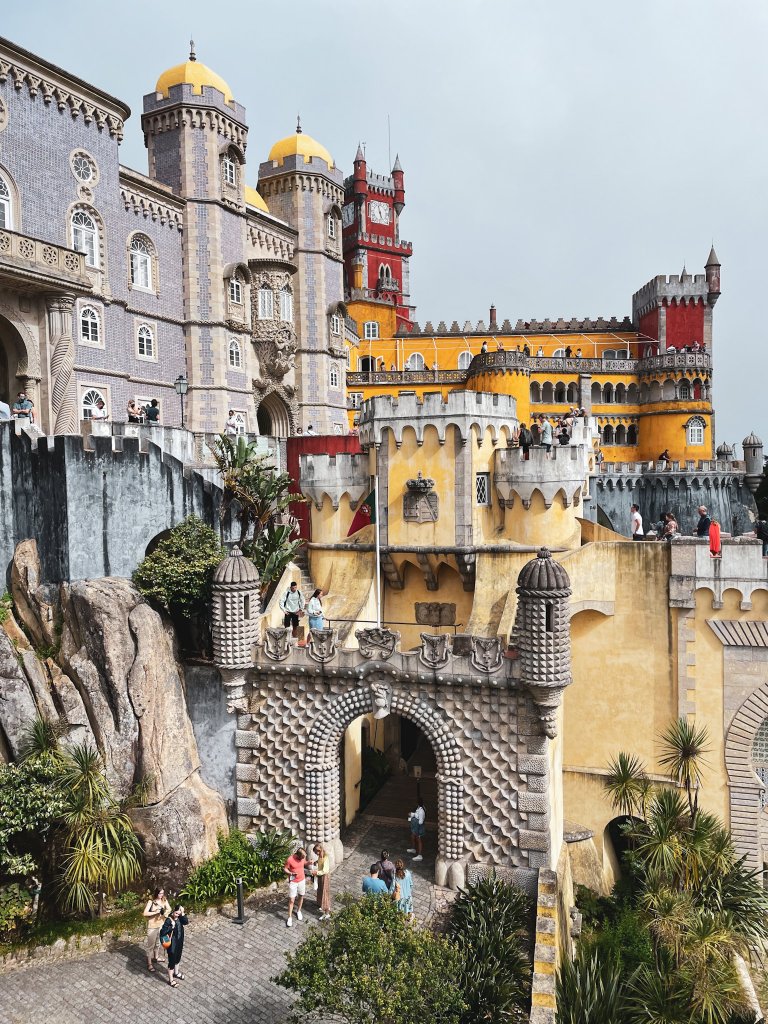
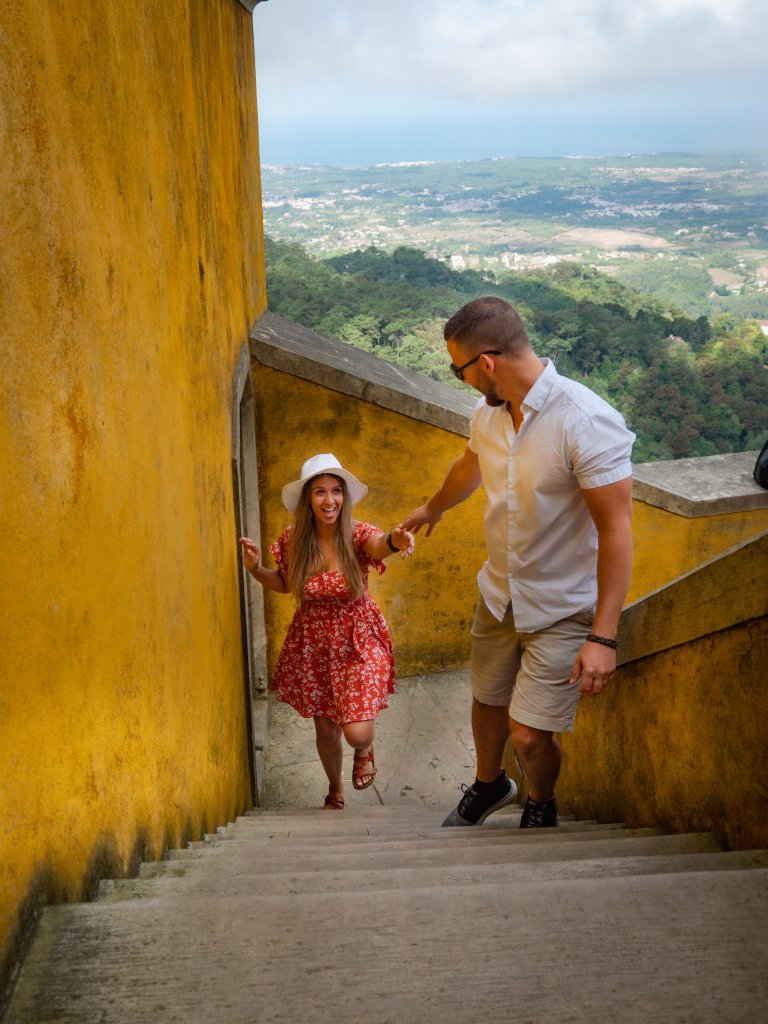
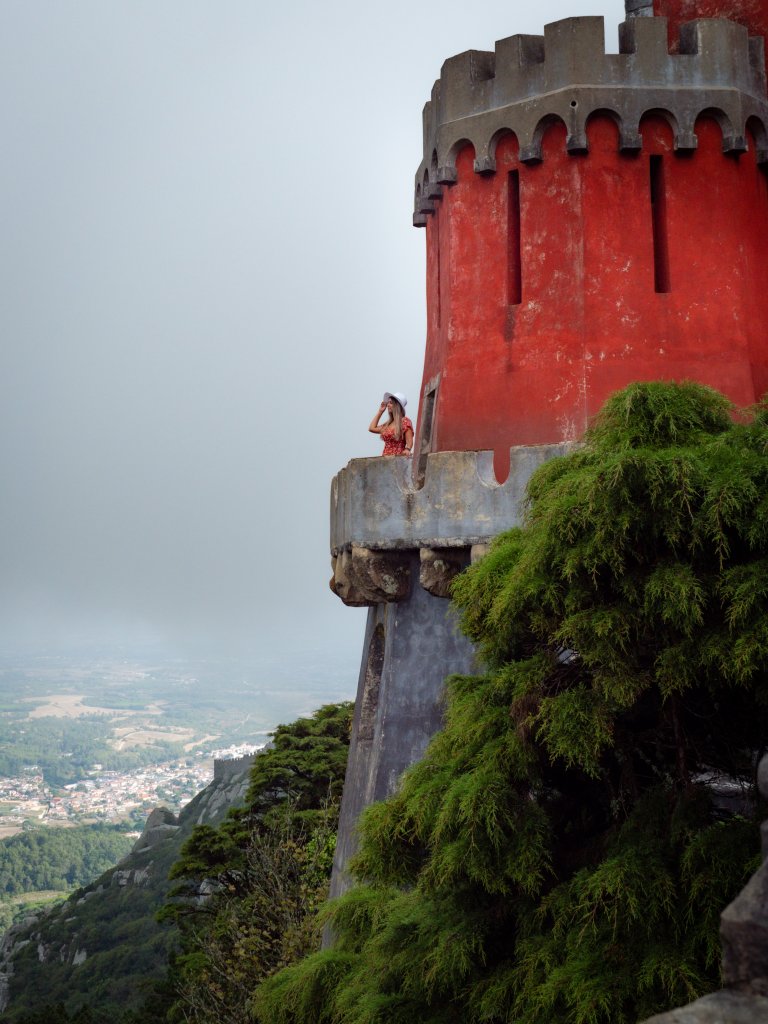
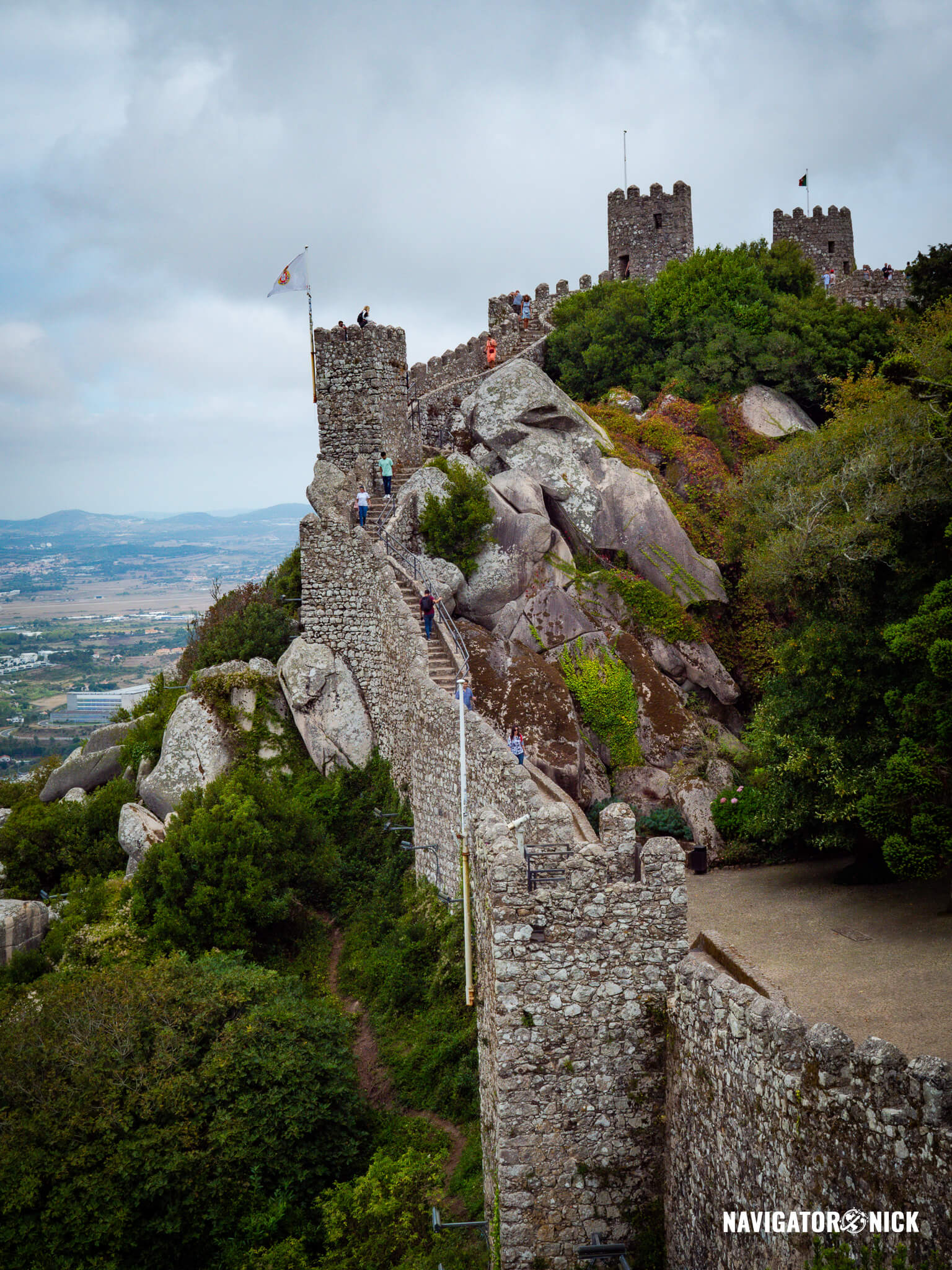
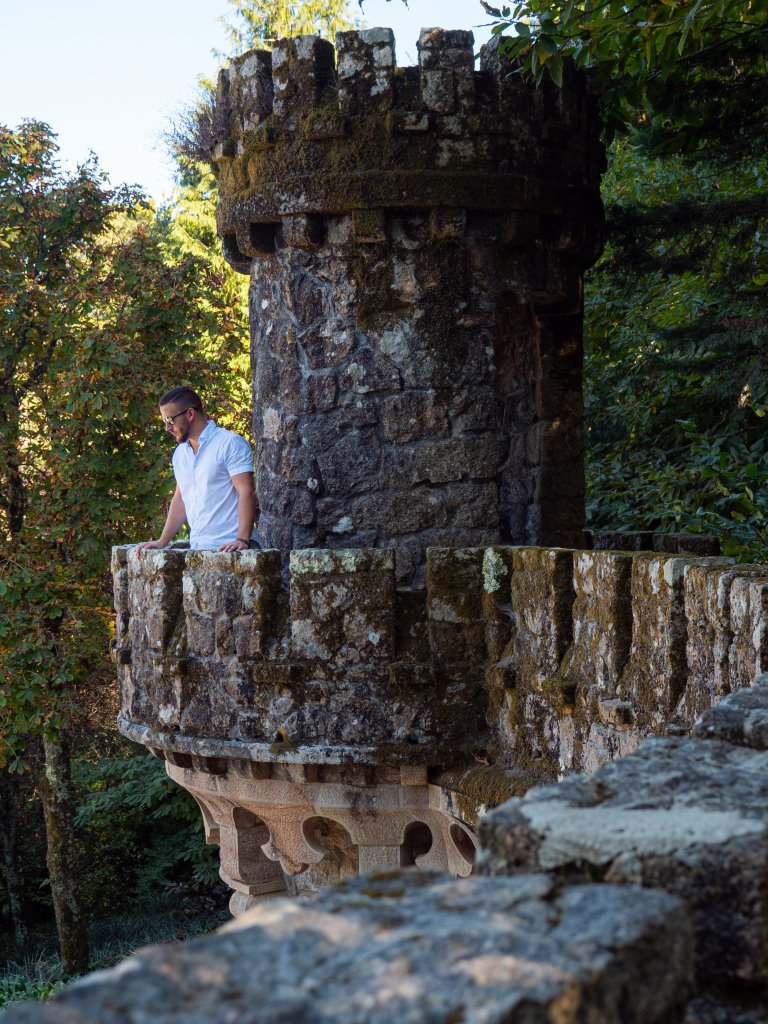
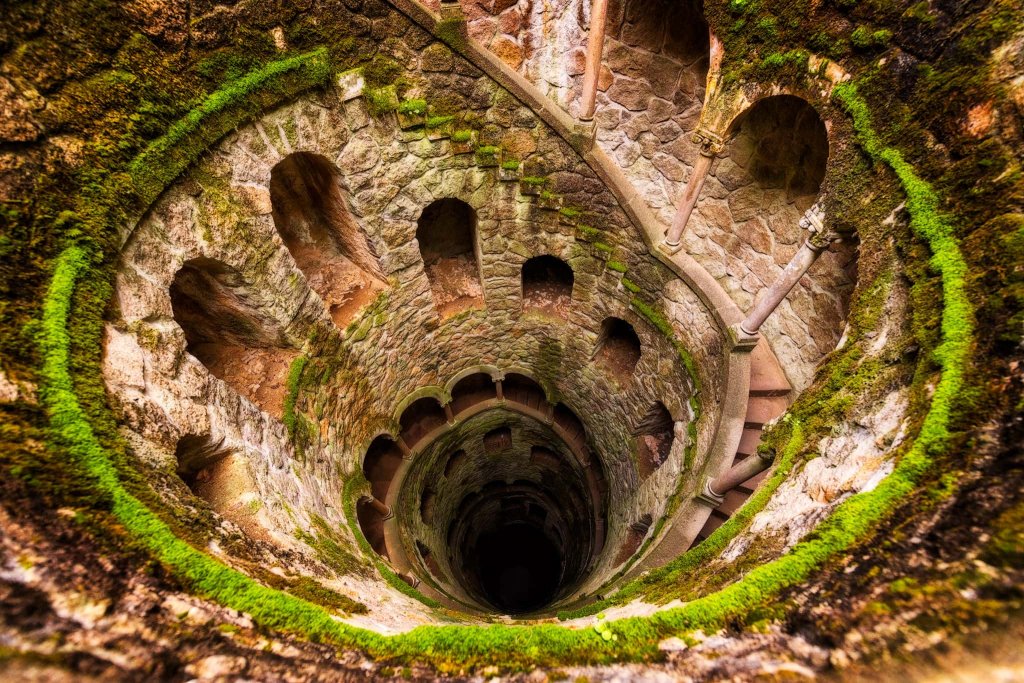
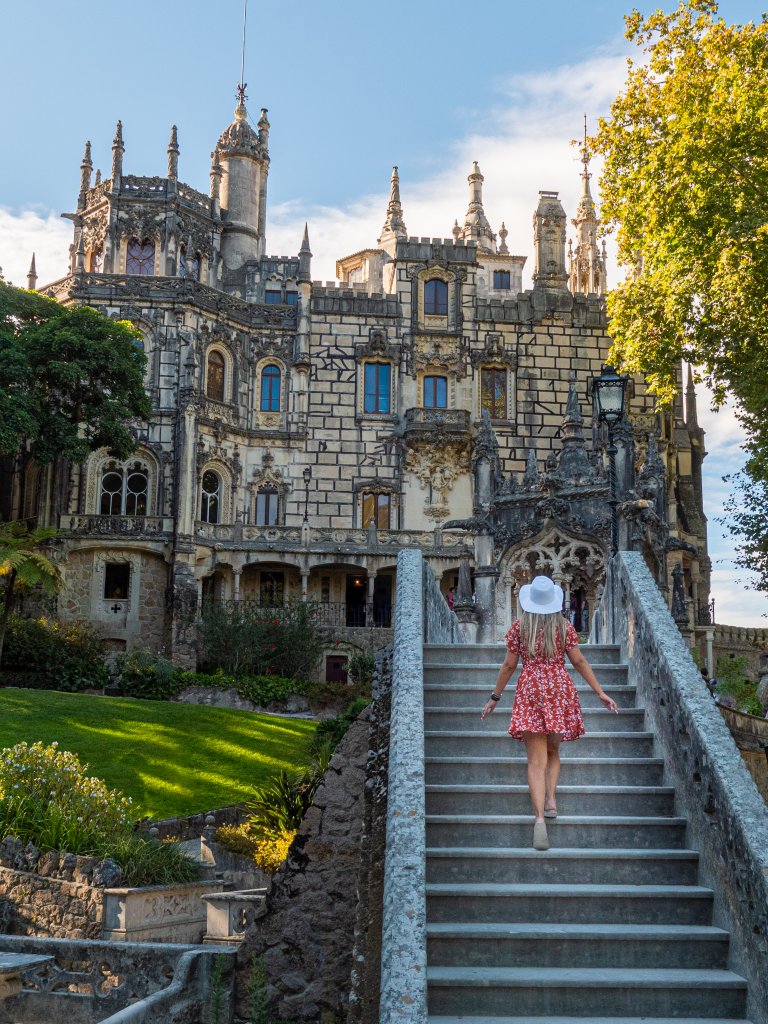
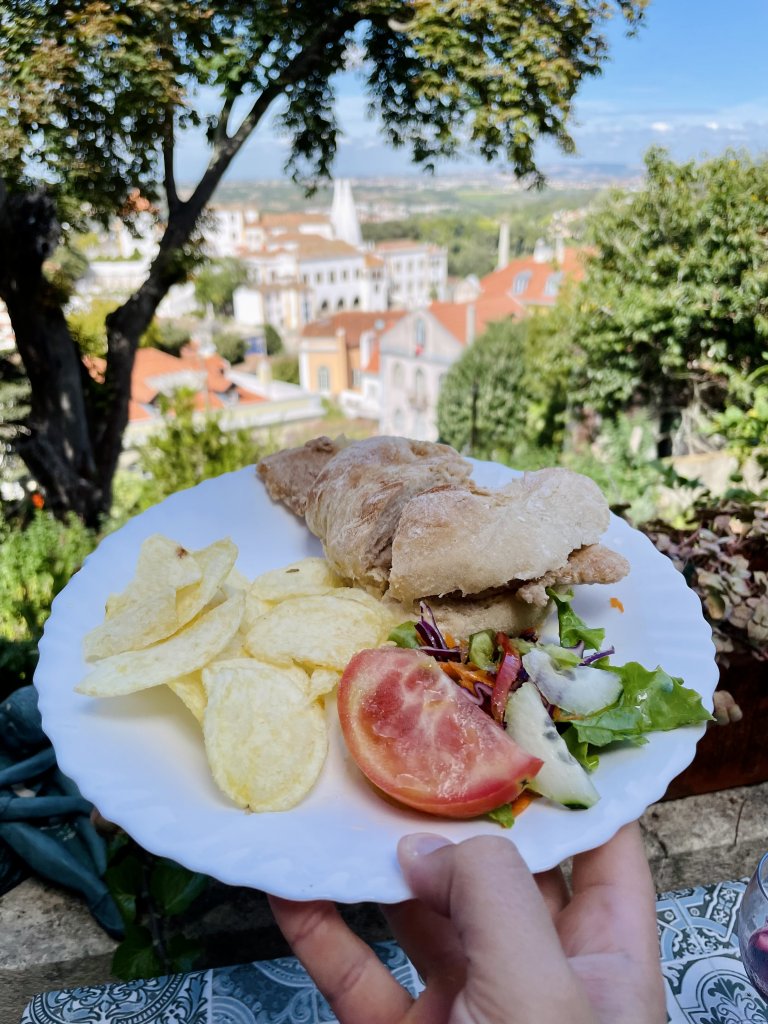
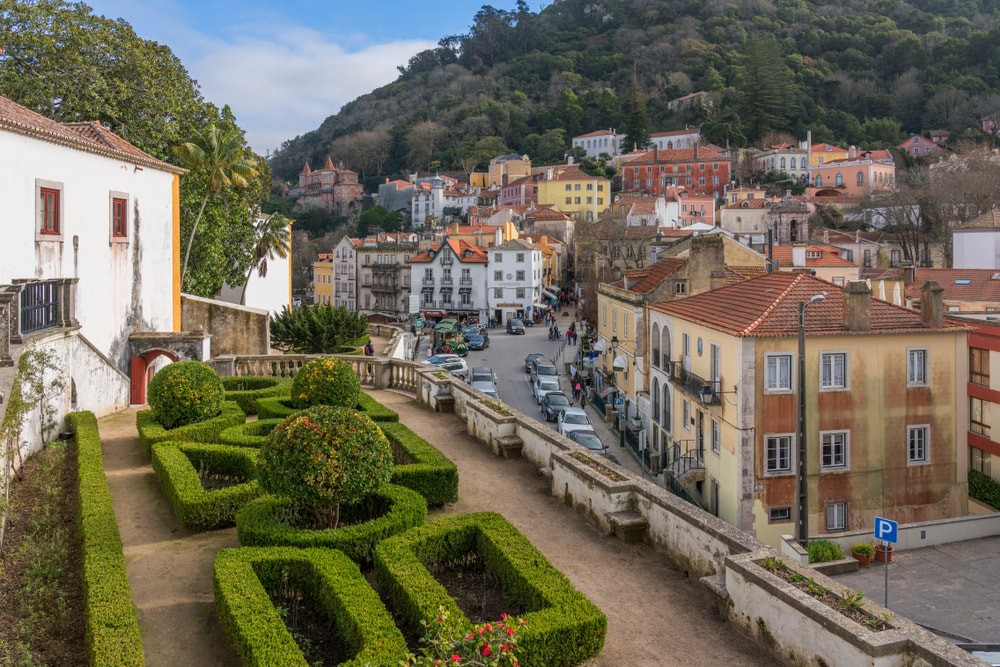

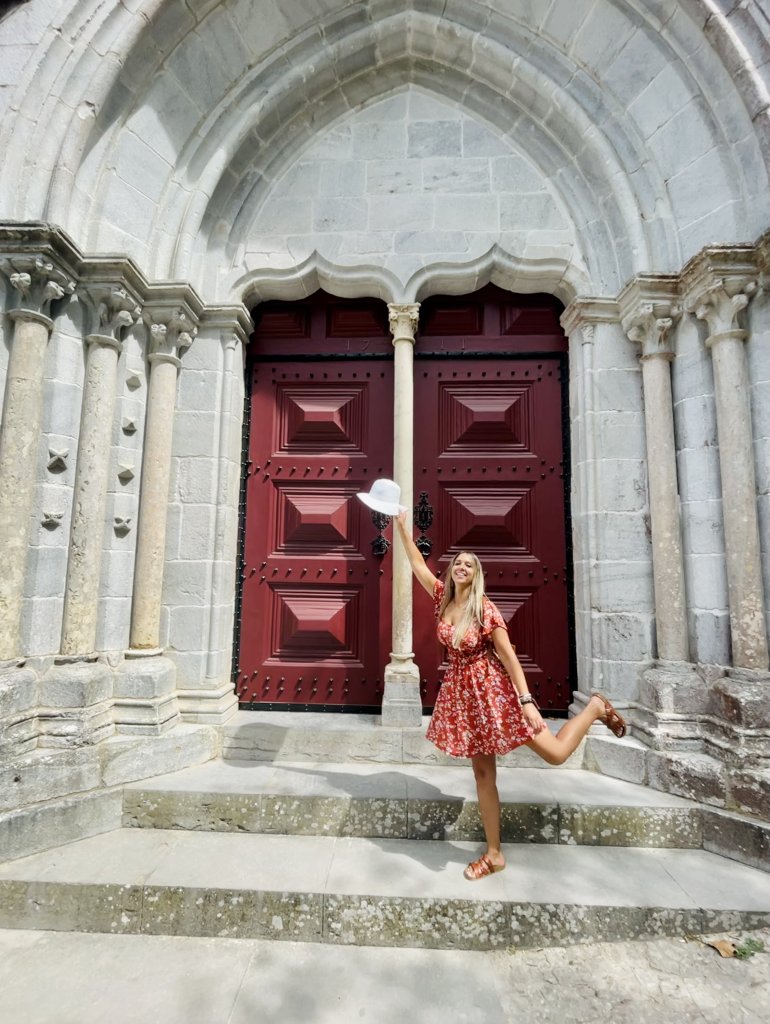
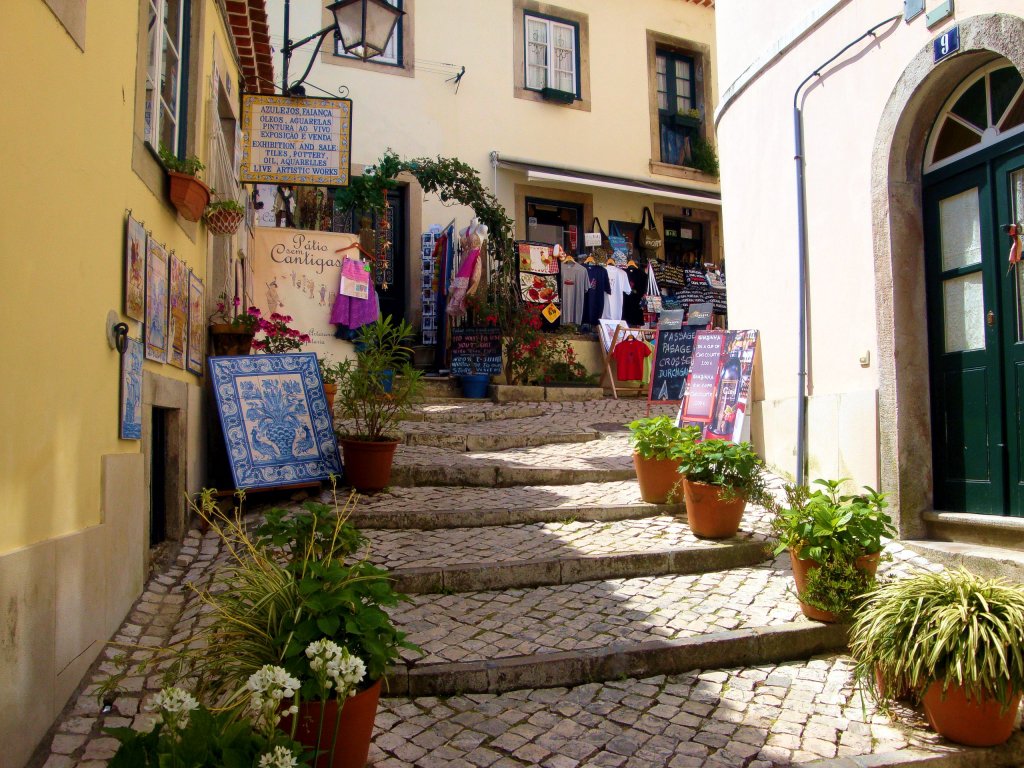
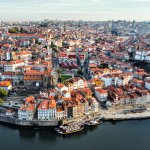 Previous Post
Previous Post Next Post
Next Post

